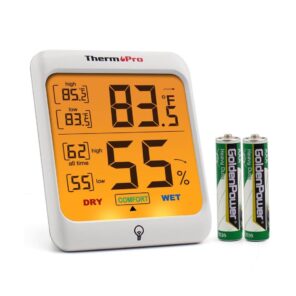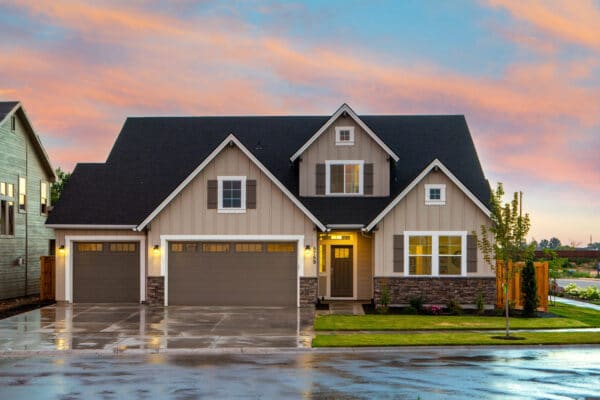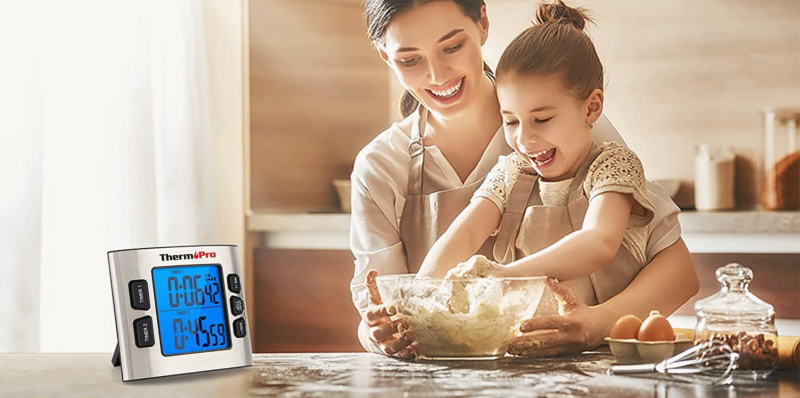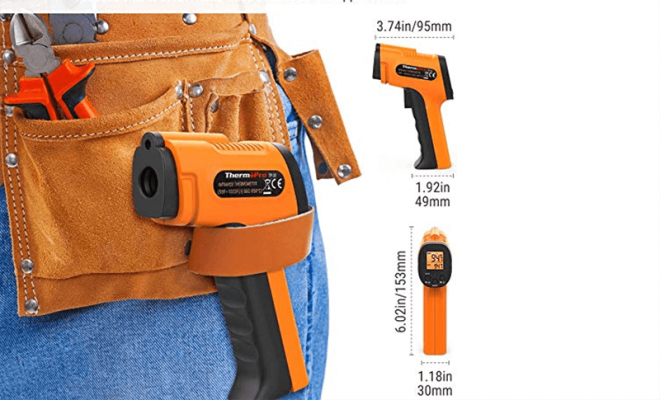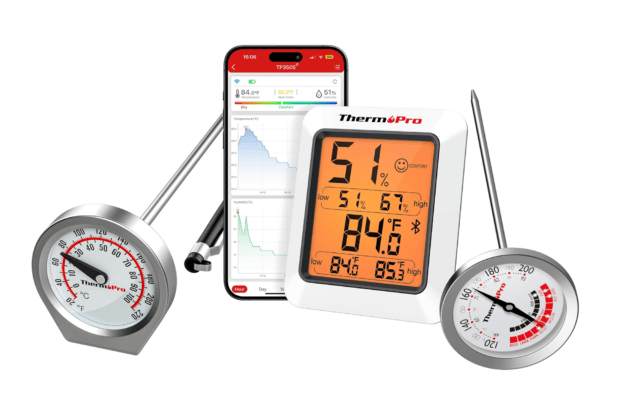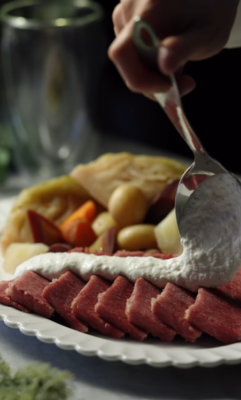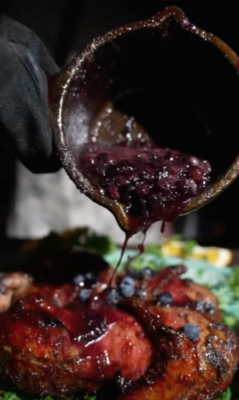Table of Contents
Growing indoor plants takes time and loving care, but more importantly, to know the best temperature and humidity for them. Is there a way to safely grow your plants inside without risking them to the outdoor elements? There is a safe level of humidity for your plants, and there is also an unsafe limit for them. The purpose of this blog post is to teach you more about how you can manage plant health indoors with wireless indoor/outdoor thermometers, as well as overall plant growing condition.
Factors Affecting Indoor Plant Growth
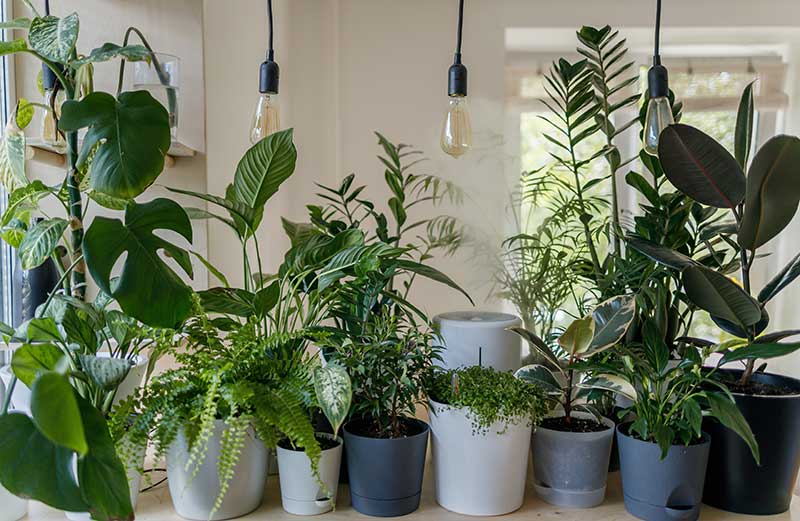
There are numerous factors that affect the indoor growth of plants:
1. Light
It would be challenging to grow plants indoors without sunlight. The absolute best light to grow plants in is natural sunlight. However, you can easily grow plants indoors with the help of some other types of light. All fluorescent lights or other lights have blue tones in them, similar to what is emitted from computer screens. These can help plants grow, however, those that emit red light will not benefit your plants’ growth.
2.Temperature
An important factor for growing your plants indoors is having the proper temperature. Most house plants, vegetables, and flowers cannot grow in temperatures outside of the 70-80-degree range during the day time hours. This is the reason many utilize greenhouses to grow their plants if they reside in states with colder climates. Finding the right temperature and controlling it for your plants is crucial for their development. Plants are alive and need to be in the environment that allows them to thrive, thus why temperature is such an important facet. ThermoPro indoor/outdoor thermometers can help you control the temperature. Keep track of the conditions in and around your home to help your plants have a suitable living environment.
-
Sale Product on saleThermoPro TP53
$19.99$13.99 $14.83Rated 4.65 out of 5 based on 31 customer ratings
3.Relative humidity
Humidity is a great thing to have in place when growing plants inside. Most species of plants do well in what we refer to as “relative humidity”. It’s difficult to keep this type of humidity in your home, and this often leads people to purchase a greenhouse to create a perfect environment. What is considered high humidity for plants? The rule of thumb for growing plants indoors is 60%-80%.
4. Control and maintain standing water
One of the most critical steps to maintaining the best temperature and humidity control for growing indoor plants is to control and maintain standing water. Humidity has everything to do with how water is maintained when it’s sitting still. Controlling the water involves ensuring that stagnant water doesn’t linger. If it does, it can cause numerous issues.
5. Always use a dehumidifier
Growing rooms have a different dynamic from using a dehumidifier in the rest of the house. It’s for certain that using the same type of dehumidifier in your home won’t work for the purpose of growing. A large home unit will use more power, but they won’t be able to draw enough water from the home. Home units will never be able to match the capacity that is needed for the purpose of growing plants. Therefore, it’s important to understand what is needed prior to growing your indoor plants.
6. Keep air moving at all times
Air is an important part of growing plants indoors. Most growers tend to forget that outdoor plants are always subjected to airflow. Indoor plants still need a lot of the same benefits they would get outdoors. Air movement is important for your indoor plants. Humid air may hold water, but don’t forget that it’s lighter than the rest of the air surrounding it. What is critical for the growth of the plant is CO2. This is what settles at the bottom of the room. Air that continues to circulate is essential for healthy plant growth at all times. Research has shown that floor fans are the absolute best choice for moving the air around. They are much more efficient than wall fans that oscillate. Floor fans are known to have a much stronger effect on pulling air through the canopy than oscillating fans.
Outside of these 6 things, what else should you keep in mind regarding temperature and humidity control for growing your indoor plants?
When to Cover Your Plants
One of the best things you can do to care for your plant is to recognize its sensitivity to the cold weather. Cold weather calls for a different way of caring for your plants because most of them will not survive in frigid temperatures. What temperature do you need to cover plants?
Many folks always refer to, “the first frost“, but it’s best to abide by watching for the forecast for 32 degrees. If you think that you’ll even get one to two degrees away from that it’s best to be cautious.
Those freezing temperatures can kill your plants. Even with fairly deep roots, you should take caution. Plants that are categorized as “tender plants” include the following:
- Tomatoes;
- Geraniums;
- Peppers;
- Impatiens;
- Begonias;
There are several things that growers may use in order to cover their plants properly like plastic sheets, drop cloths, and even bed sheets. Plastic sheets are the most common, and they are usually laying around your house.
Used bed sheets are okay as long as you’ve kept them clean and they don’t have large gaping holes. Remember, the idea is to protect your plants from freezing. If sheets are ideal, how do you keep them from weighing down your plants?
Stakes should always be used to keep your coverings from laying on the top of your plants. While you can use mulch as a covering for low plants, it’s wise to invest in stakes for this purpose.
Using plastic sheets, drop cloths, or even bed sheets will require stakes that you’ll want to secure in the ground. You’ll want to secure them ahead of time so you don’t have to rush. This will take more time than you think.
This is so important, that you should invest in them upfront when you begin your planting season. That way you have all of your supplies together. Don’t take a chance with your plants and the weather.
Also, keep in mind that coverings are not always needed. Make sure that you take the time to learn all about your plants before the seasons change. Learn as much as you can from other growers before the growing season starts. You’ll get the chance to learn from those that have been doing it for many years.
Growing indoor plants can be fun and bring you lots of pleasure when they bloom, but make sure that you learn all that you need to know about the ideal temperature needed for your growing season, as well as humidity control. Indoor plants can bring vibrancy and health benefits to you, your family and pets for years to come.


